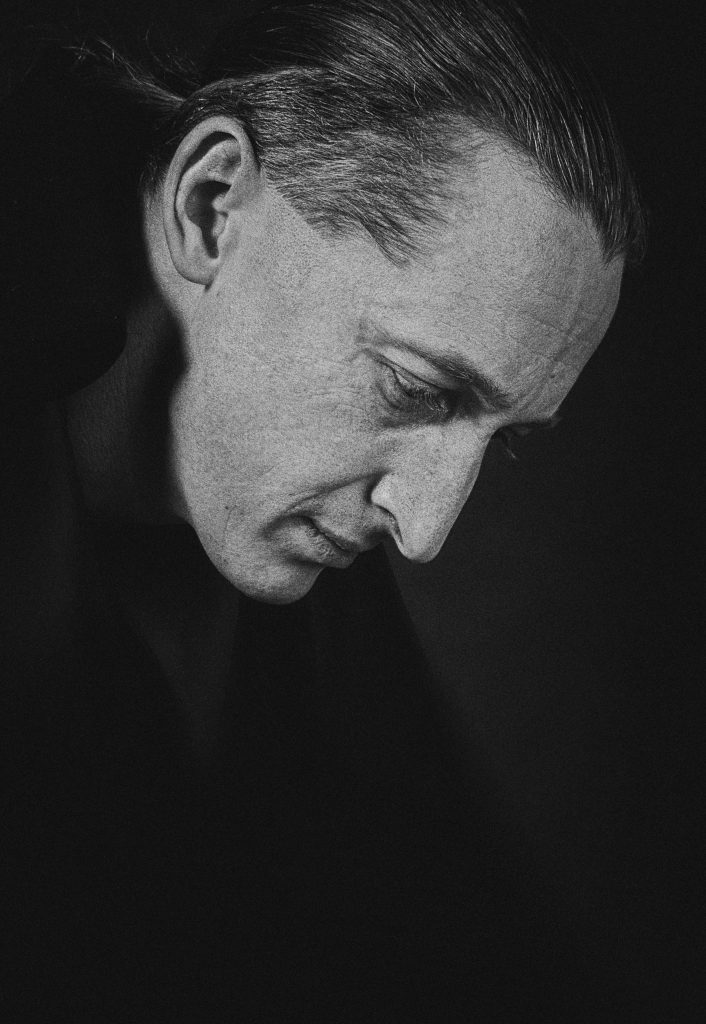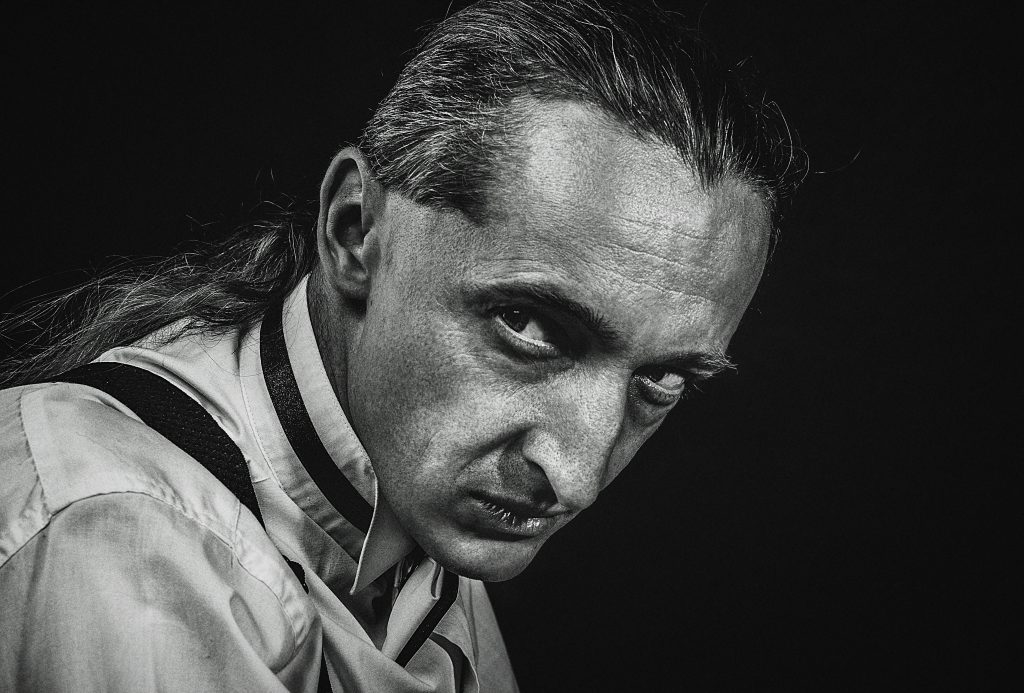July the 6th, 2024 – Did you know that one of the only people to have been recorded historically as being a vampire hails from Croatia? Meet the Croatian vampire from Kringa that science still can’t quite explain.
You probably think of Romania when you think of vampires, or maybe even of Whitby in England if you know anything about the inspirations drawn from Whitby Abbey which now lies in semi-ruin. Be it the dark mountains of Romania or the eerie, misty moors of northern England which conjure up images of bats and blood suckers – Croatia likely doesn’t spring to mind at all. That’s until you hear about Mr. Alilović, the Croatian vampire.
To get better acquainted with the Croatian vampire, we need to head back to the 1500s and set our location to a small village called Kringa in Istria County, close to Tinjan. Alilović, more commonly referred to as Jure Grando, hailed from this little settlement, and put it on the map for a very creepy reason. Jure was born in Kringa in 1579. Lucky to have even survived birth and childhood back in those days, Jure lived his life as one might expect and was the product of his environment and the age, marrying, working as a stonemason and having two children – Nikola and Ana. That was until he was struck down by a sickness which took his life after the turn of the century, more precisely in 1656. He had lived a long life for a human in those days, and naturally, once he had died – he was expected to remain dead. Legend has it, however, that he didn’t.

After Jure’s passing, Kringa’s locals began talking about mysterious knocks at their doors. Those who claimed they’d had such a strange visit to their homes soon started dropping dead like flies. Fear spread across Kringa, Tinjan and Istria as a whole as these stories circulated. As his widow Ivana mourned and resented this insensitive babbling, claiming her late husband was visiting them from beyond the grave and indirectly killing them soon after, she too had a visit. She claimed that Jure had appeared during the night in their former bedroom, his appearance was ghostly, pasty, and through the spirit’s gasping, a grin on its unearthly face emerged. Mortified, Jure’s widow did survive the incident, but not without psychological harm.
The priest was told by the villagers about these incidents, and it seemed that Jure went on wreaking havoc from beyond the grave. He toured Kingra’s streets during the night, and those who were unlucky enough to be contacted by him kept passing away. Having heard enough by 1672, the priest realised that something must be done, and he and several others decided to dig up Jure’s grave. When they did, they were taken aback in horror. The same distressing grin that his widow had described was plastered across the corpse’s face, which has apparently not decomposed at all. The priest cut off the body’s head, and a spine-chilling screech came from the remains as he did so. Following that decapitation, peace returned to Kringa.
His children fled Kringa, heading to Italy. It is believed that Jure was the first actual person to have been legitimately described as having been a vampire in historical records. He was referred to as a štrigon, an Istro-Venetian word for a human resembling a vampire, and his case has even been researched by University of Zagreb scientists.











